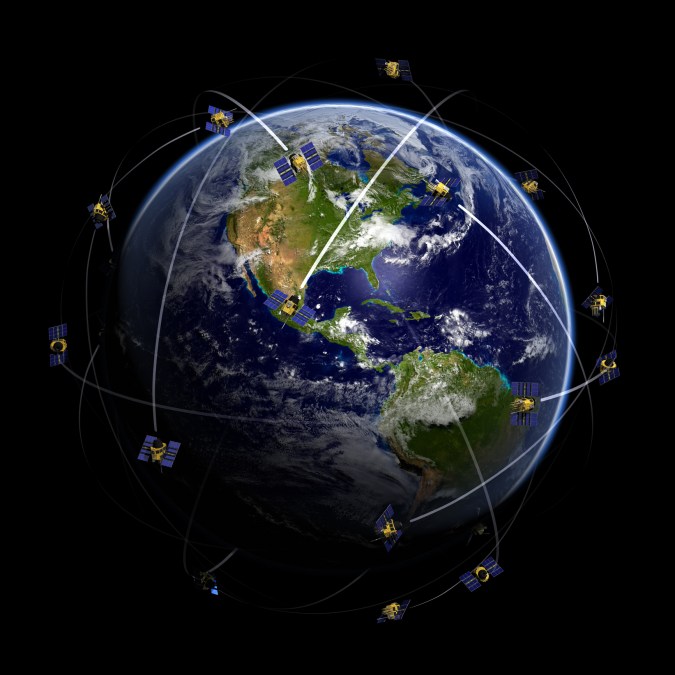Space Development Agency issues solicitation for new battle management app factory

The Space Development Agency is asking industry to submit proposals to build a prototype “application factory” that is intended to bolster next-generation battle management command, control, communications (BMC3) for the U.S. military.
The SDA, which is now part of the Space Force, is pursuing a “space edge processing capability” for the forthcoming proliferated architecture of low-Earth orbit satellites that will transport data and form the backbone of the Pentagon’s Joint All-Domain Command and Control networks.
The application factory acquisition aims to establish software development capabilities so the Defense Department can securely and quickly field mission applications for BMC3.
“The Application Factory (AppFac) is a DevSecOps continuous integration/continuous development pipeline that provides governance and infrastructure to enable BMC3 software applications to develop, integrate, test, and deploy into the” architecture, according to a solicitation posted on Sam.gov on Tuesday.
“Basically, it’s the software that will be used by performers on the ground to build the apps and test out the apps in a secure environment to … basically do uploads onto the satellites so that we can upgrade the BMC3 processors on orbit,” SDA Director Derek Tournear explained during a virtual event hosted by the National Security Space Association last fall after the draft solicitation was released.
The new solicitation is for “development and implementation of the BMC3 Application Factory (AppFac); development and sustainment of the Secure Interoperable-middleware layer (SIL); integration, testing, and operational support for BMC3 applications; and serving as BMC3 Ecosystem Integration lead,” the request for proposals stated.
The secure interoperable-middleware layer is intended to enable the apps to integrate and run on BMC3 hardware.
The SDA plans to issue a single award for the initiative not to exceed $25 million. An authorization to proceed is anticipated for June 16, with and 24-month base period of performance.
Notably, the agency intends to use Other Transaction authority to pursue its app factory. That means for an offeror to receive an award, there must either be at least one nontraditional defense contractor or nonprofit research institution participating to a significant extent in the prototype project; all significant participants other than the U.S. government are small businesses or nontraditional defense contractors; or at least one-third of the total cost of the prototype project is to be paid out of funds provided by sources other than the U.S. government.
Responses to the solicitation are due by March 16.
The Pentagon’s schedule calls for delivery of a minimum viable product for the app factory in the first quarter of fiscal 2024, and a minimum viable capability release in the third quarter of fiscal 2024.
The solicitation comes as network data routing is expected to become much more automated as the SDA builds out the new Proliferated Warfighter Space Architecture (PWSA) with additional tranches of satellites.
“We’ll have that network operations essentially with a man-on-the-loop versus a man-in-the loop doing that … pushing more and more of that automation from the ops center floor up into the spacecraft itself,” Tournear said. “That’s when the app factory and the apps come into play.”
The applications will help fuse data from a variety of satellites made by different vendors.
“They’ll also do fusion of any other [intelligence, surveillance and reconnaissance] data into tracks to be able to send those down to targeting centers to be able to do weapons-data pairing so we can send those to weapons. So apps will do that, then the apps will also do all of this network data management,” Tournear said. “That will be automated and eventually that will be done on board the transport satellites themselves. So all of that network management that changes the network routing tables will be done autonomously onboard those satellites via an app.”





